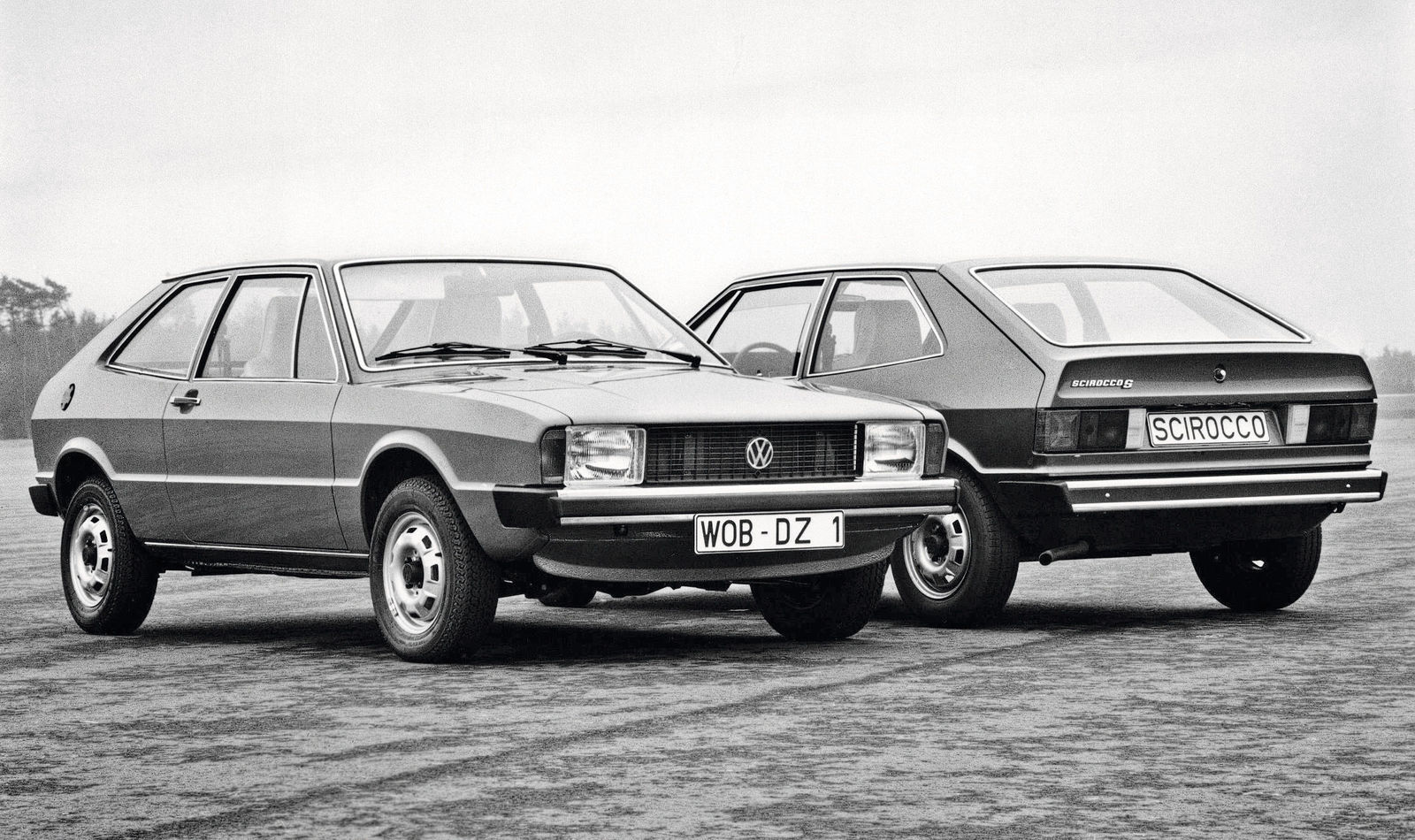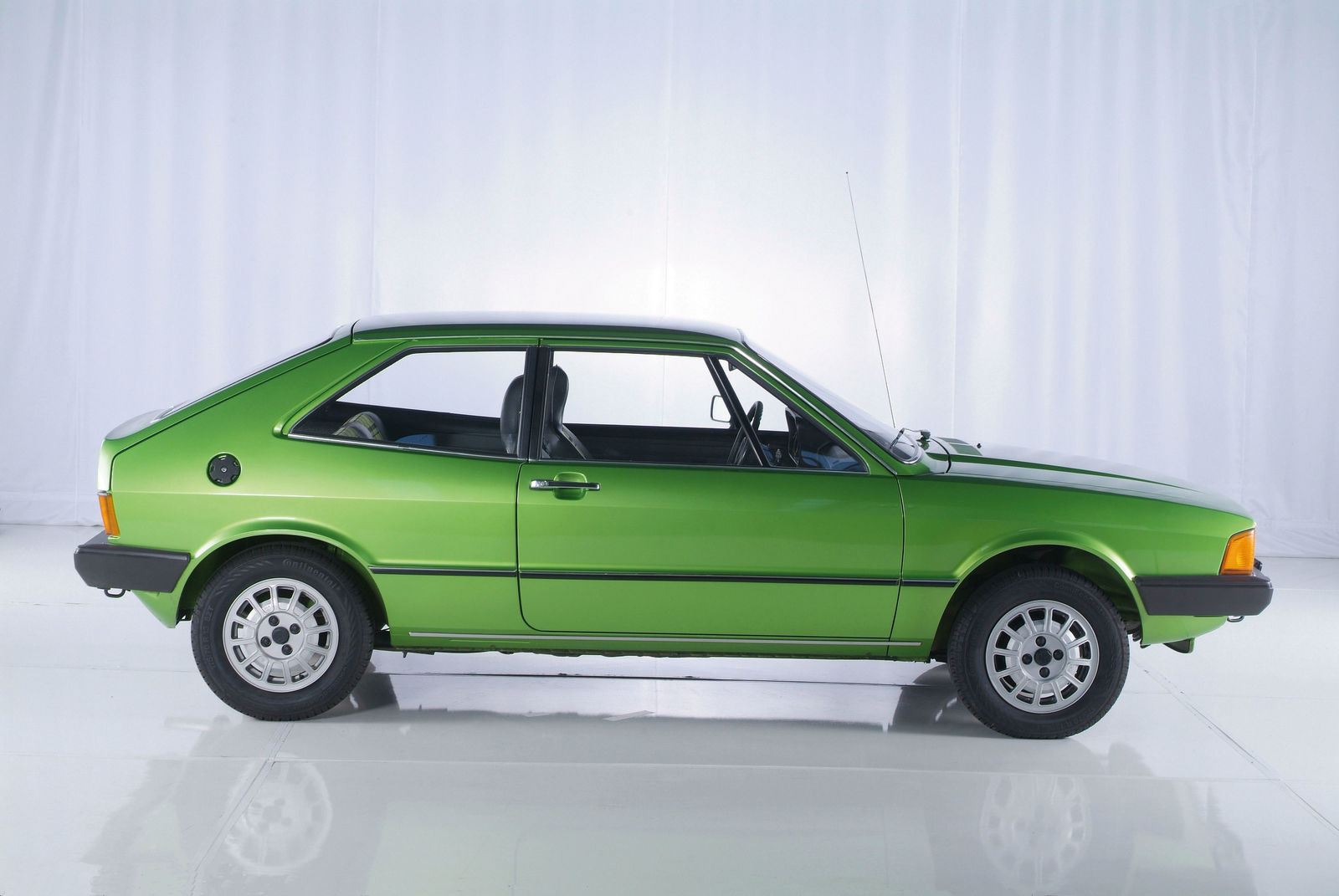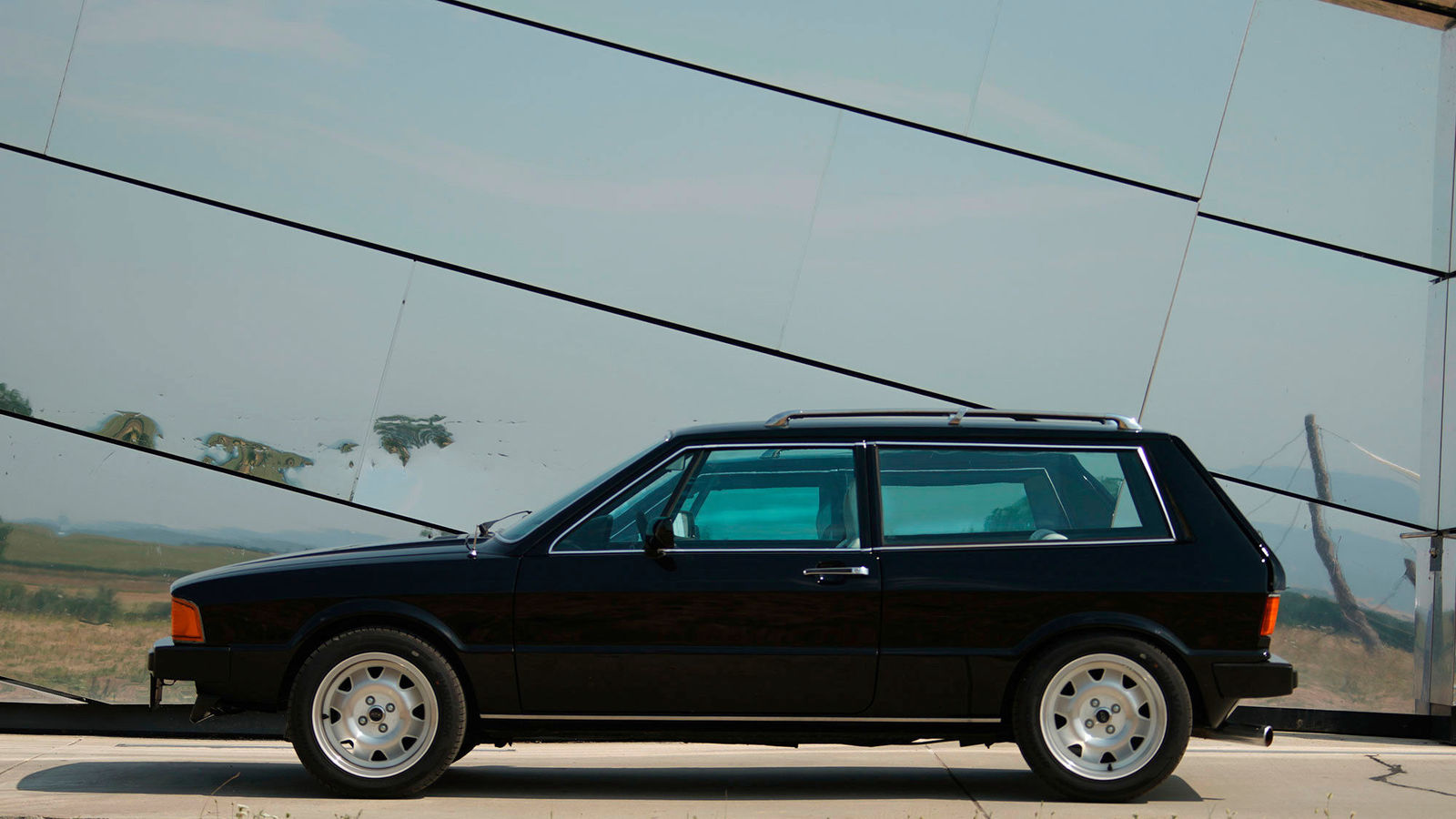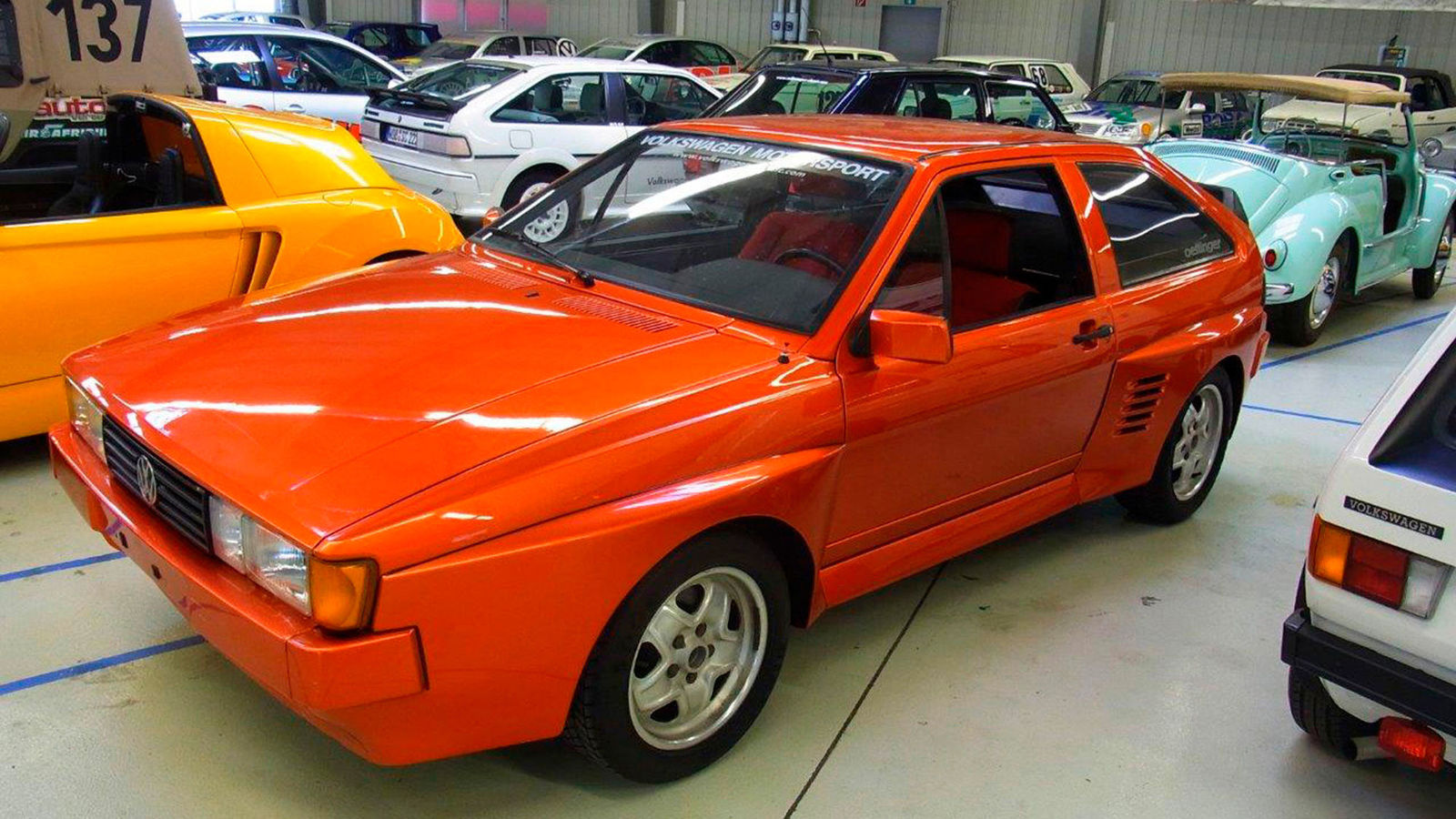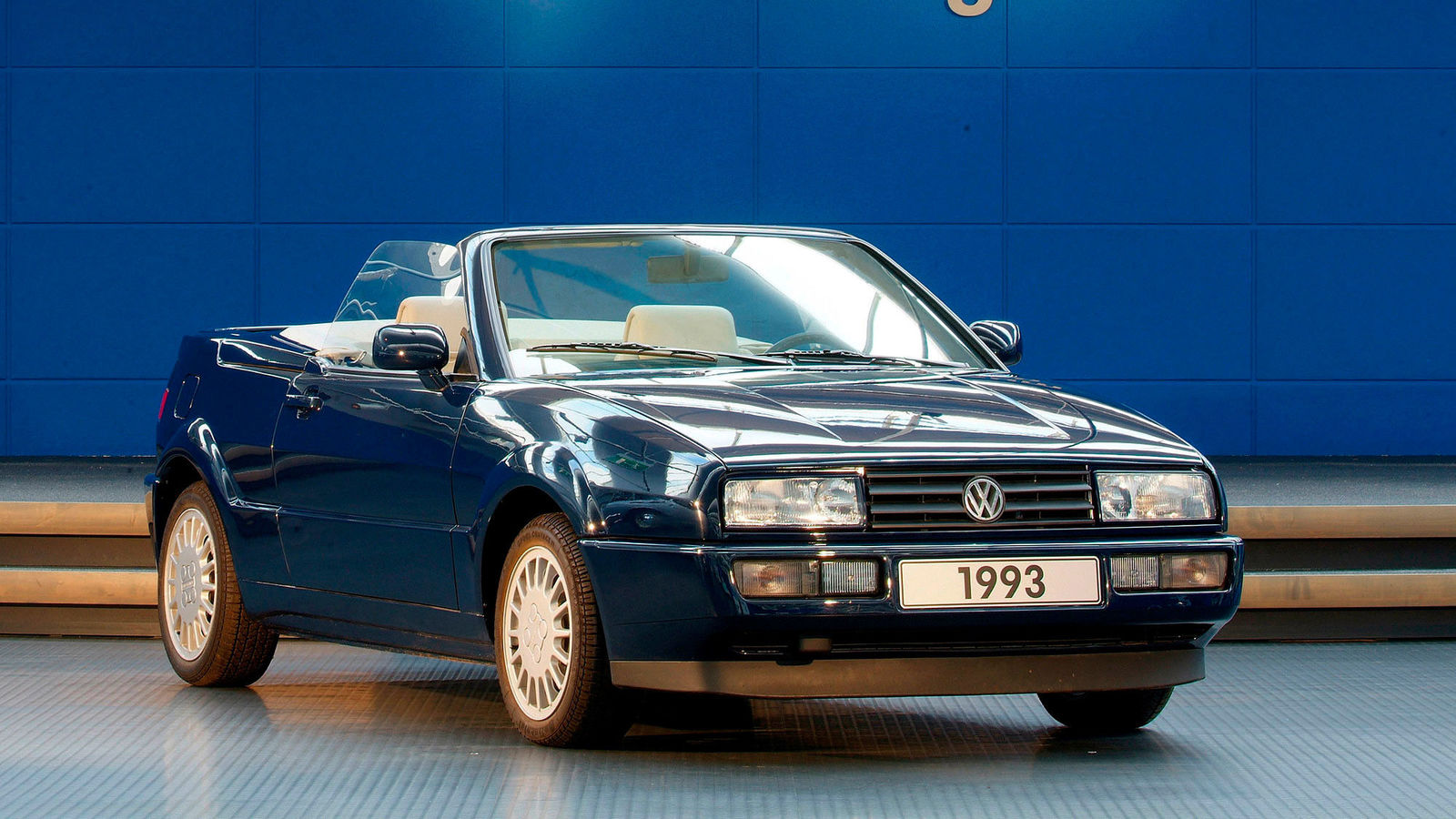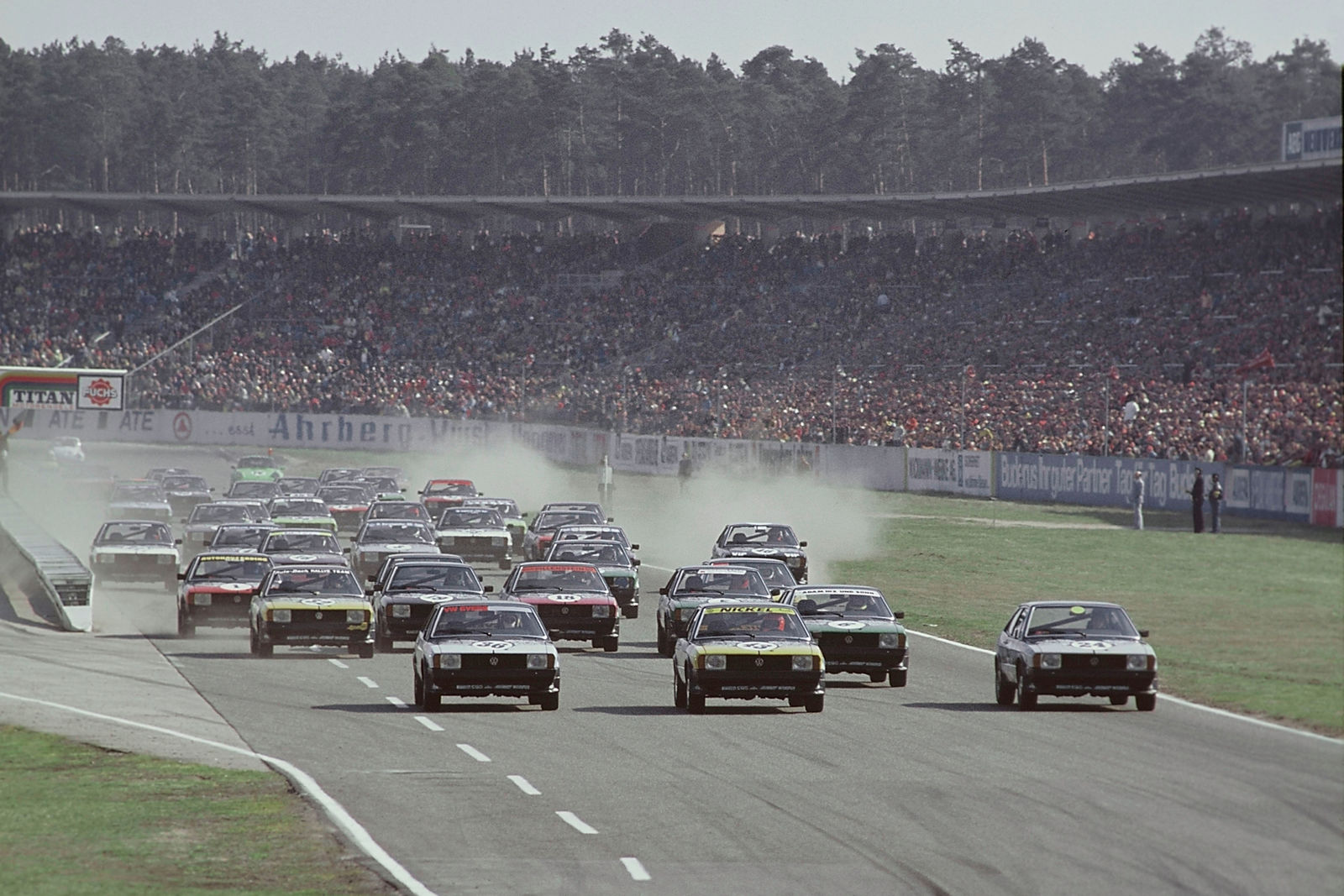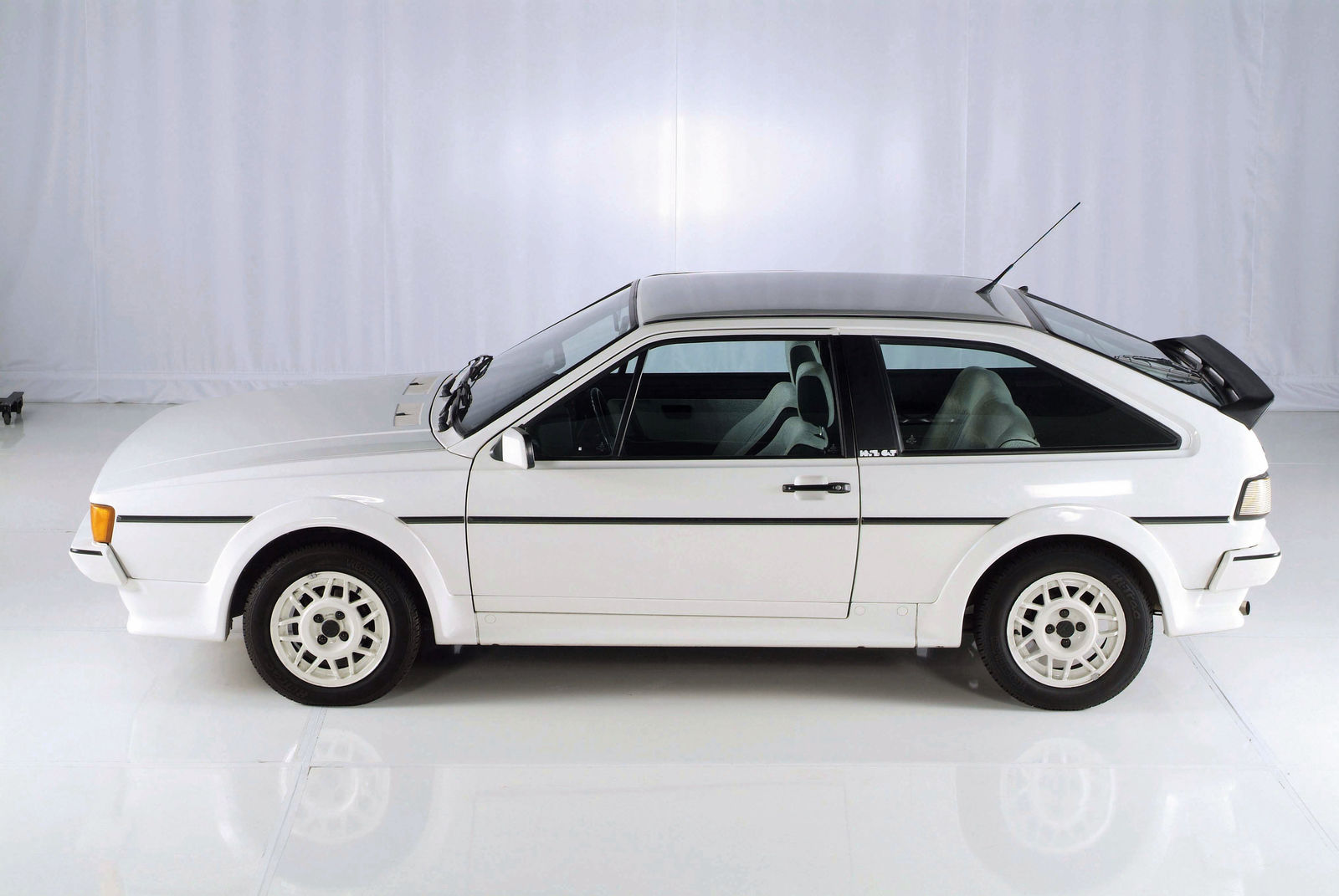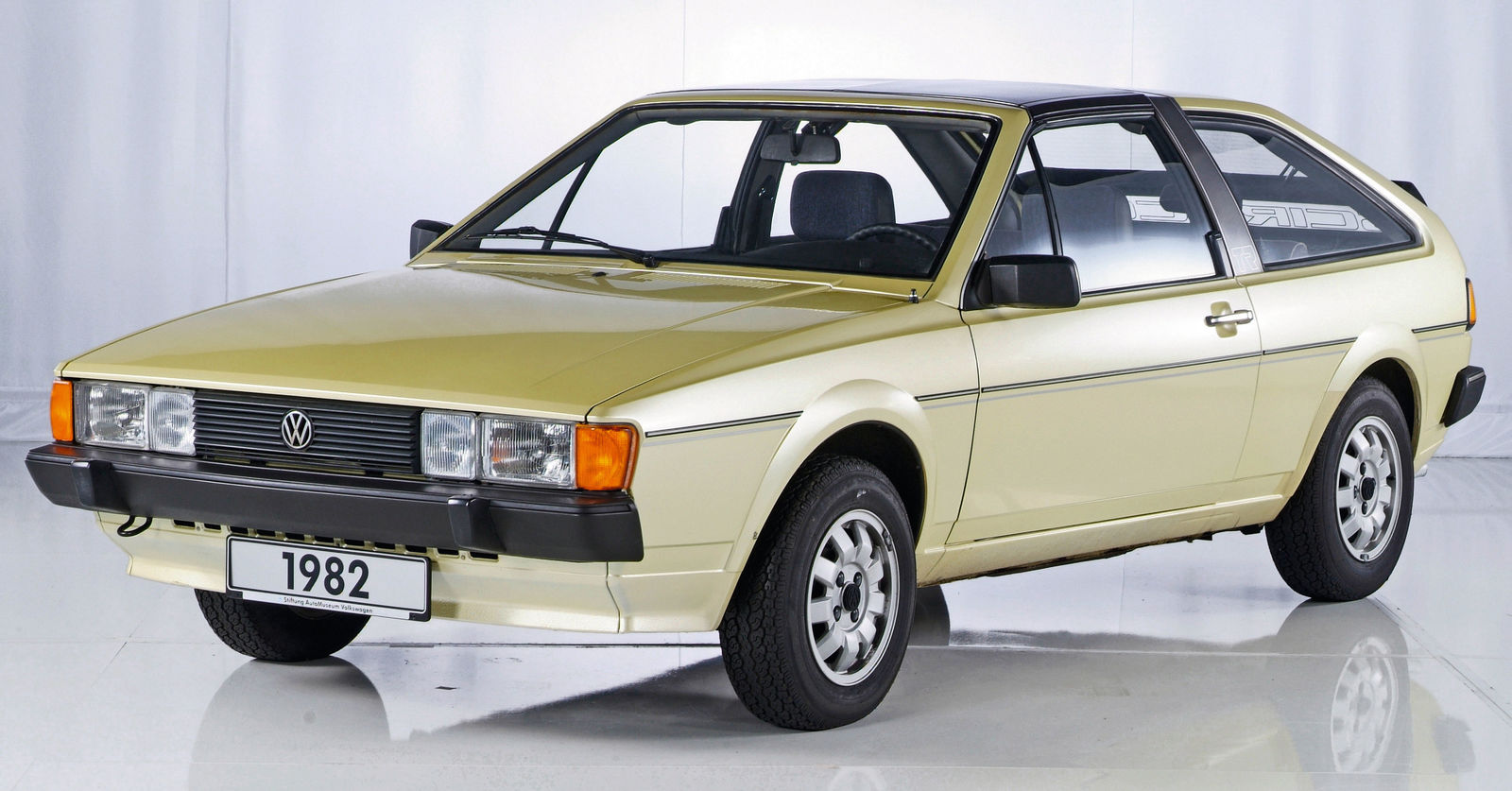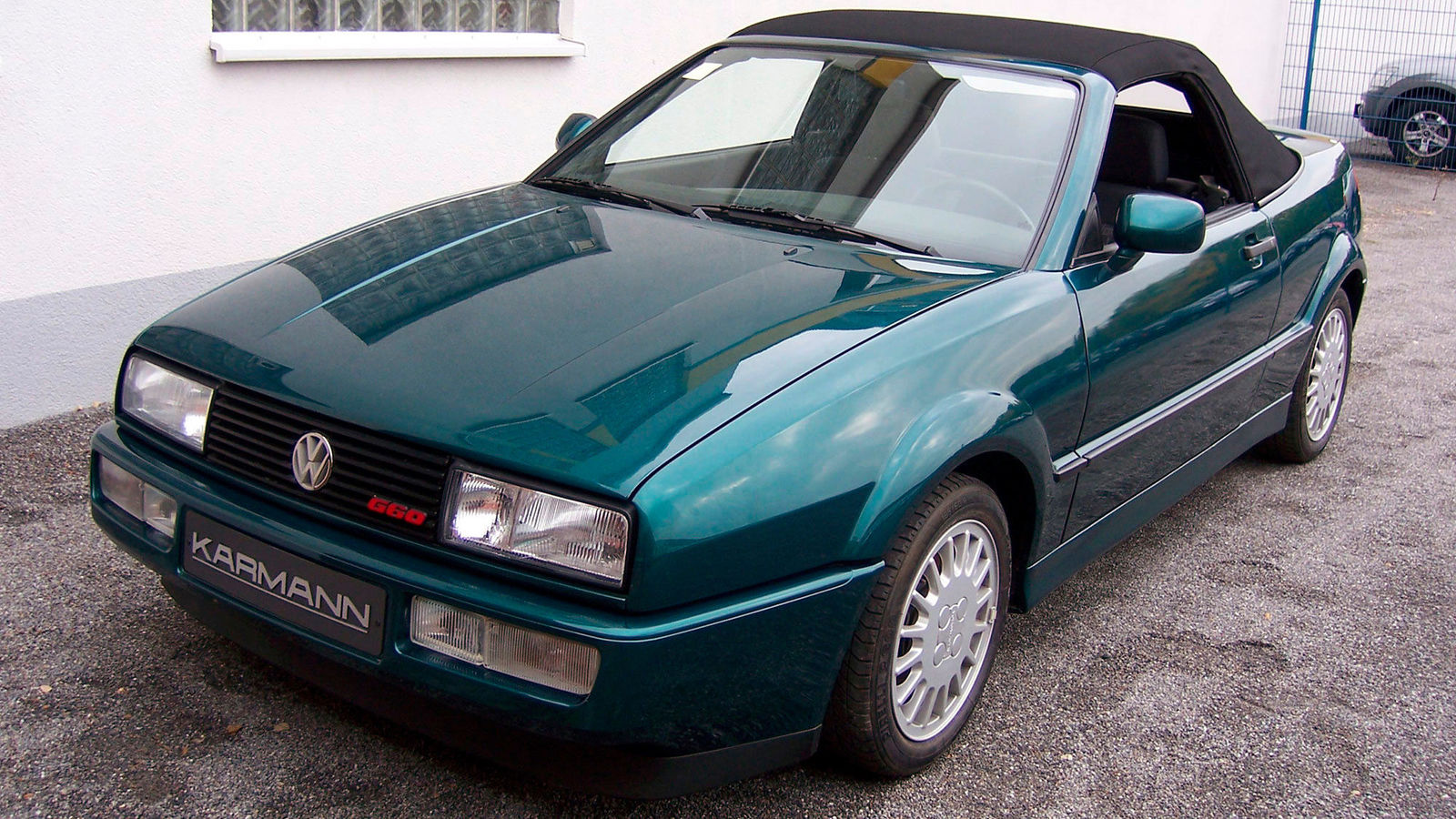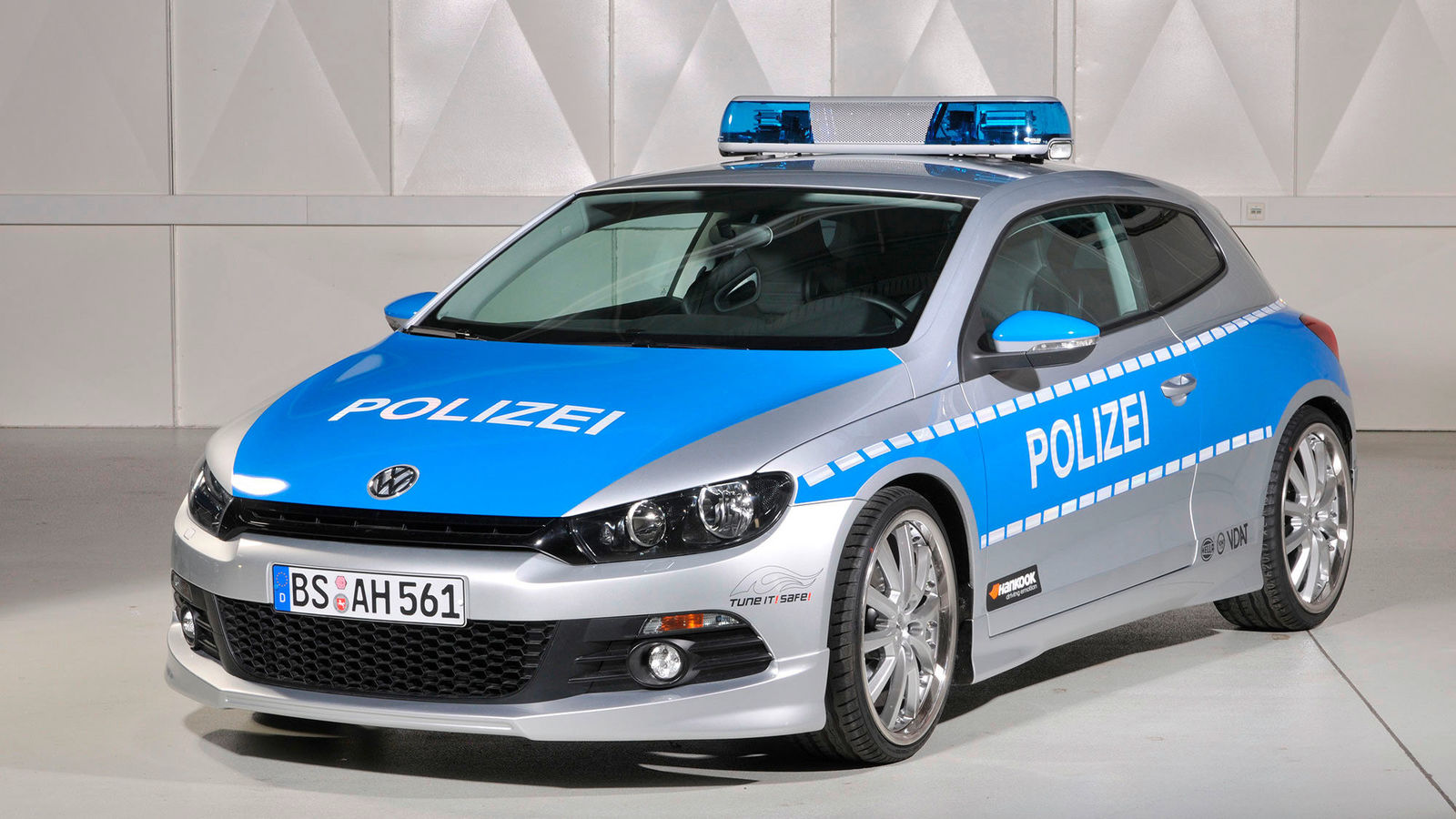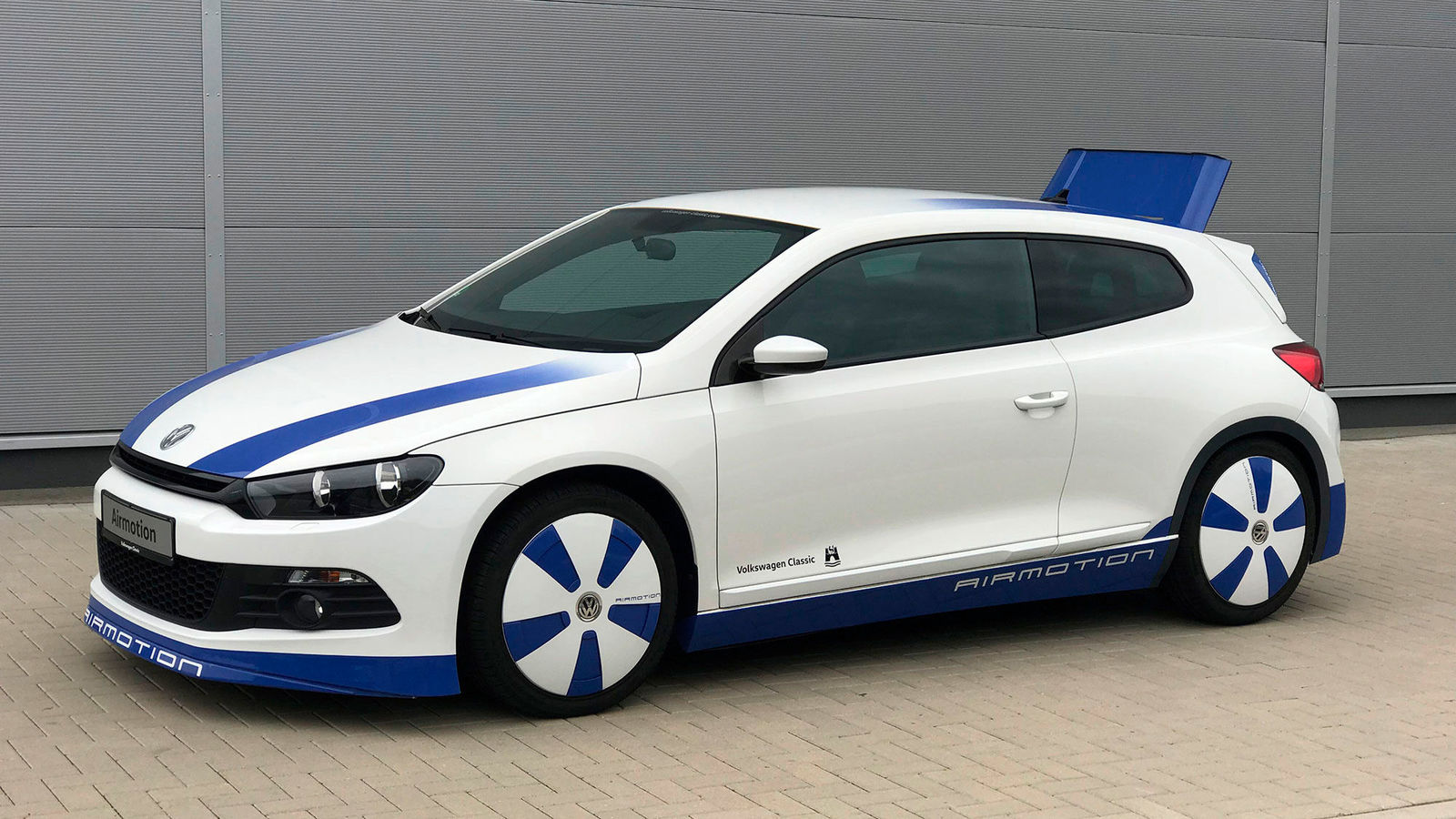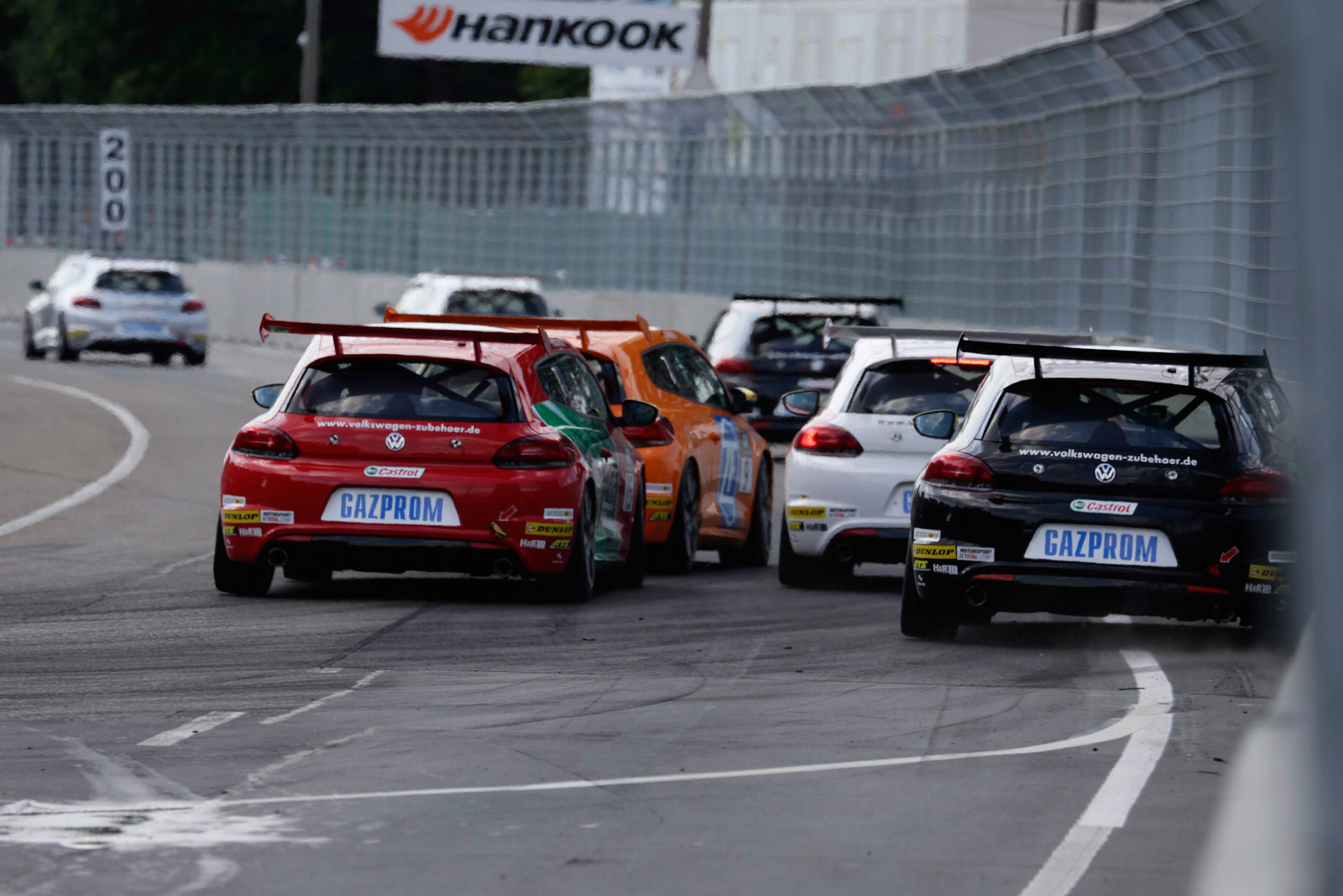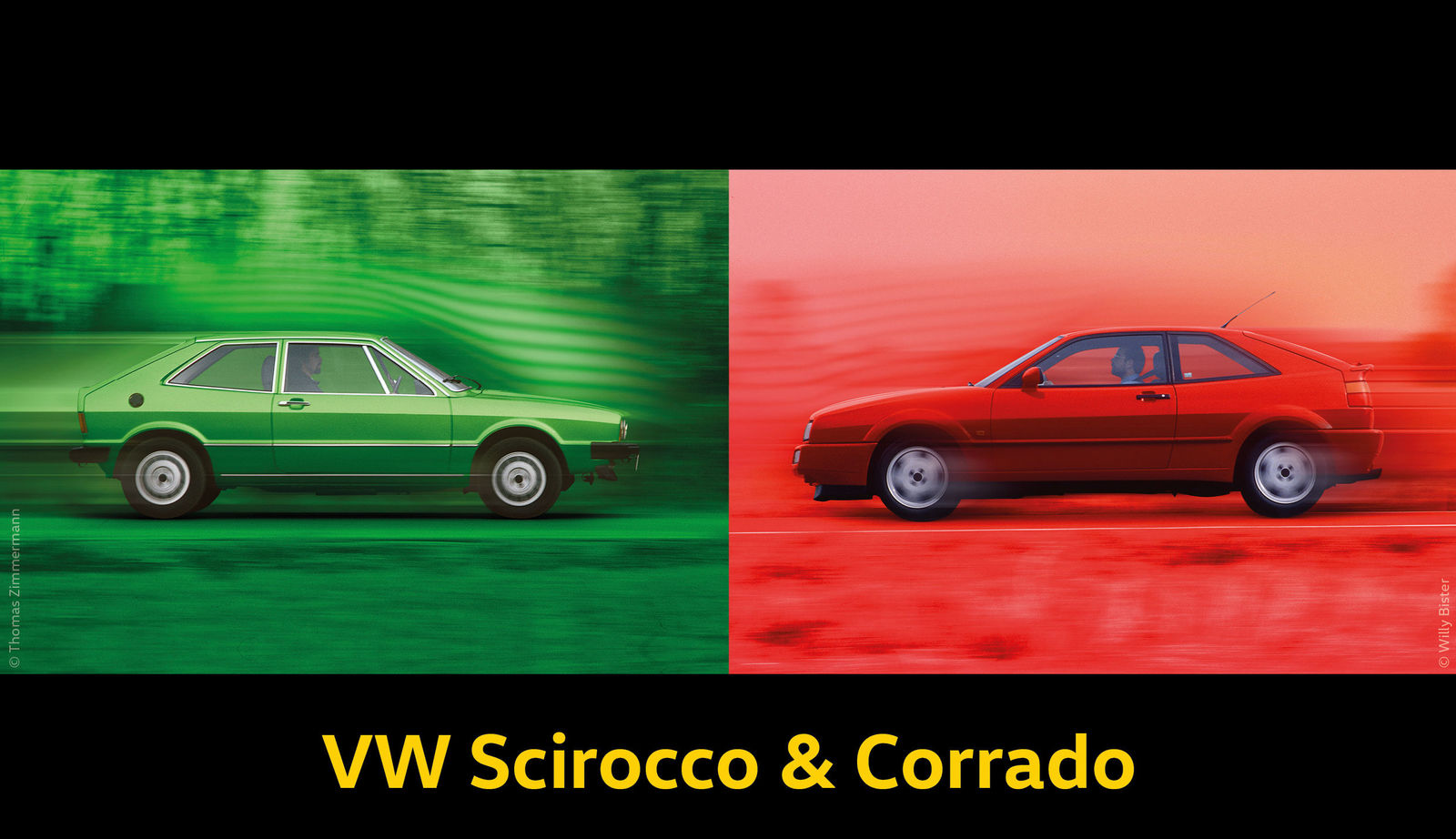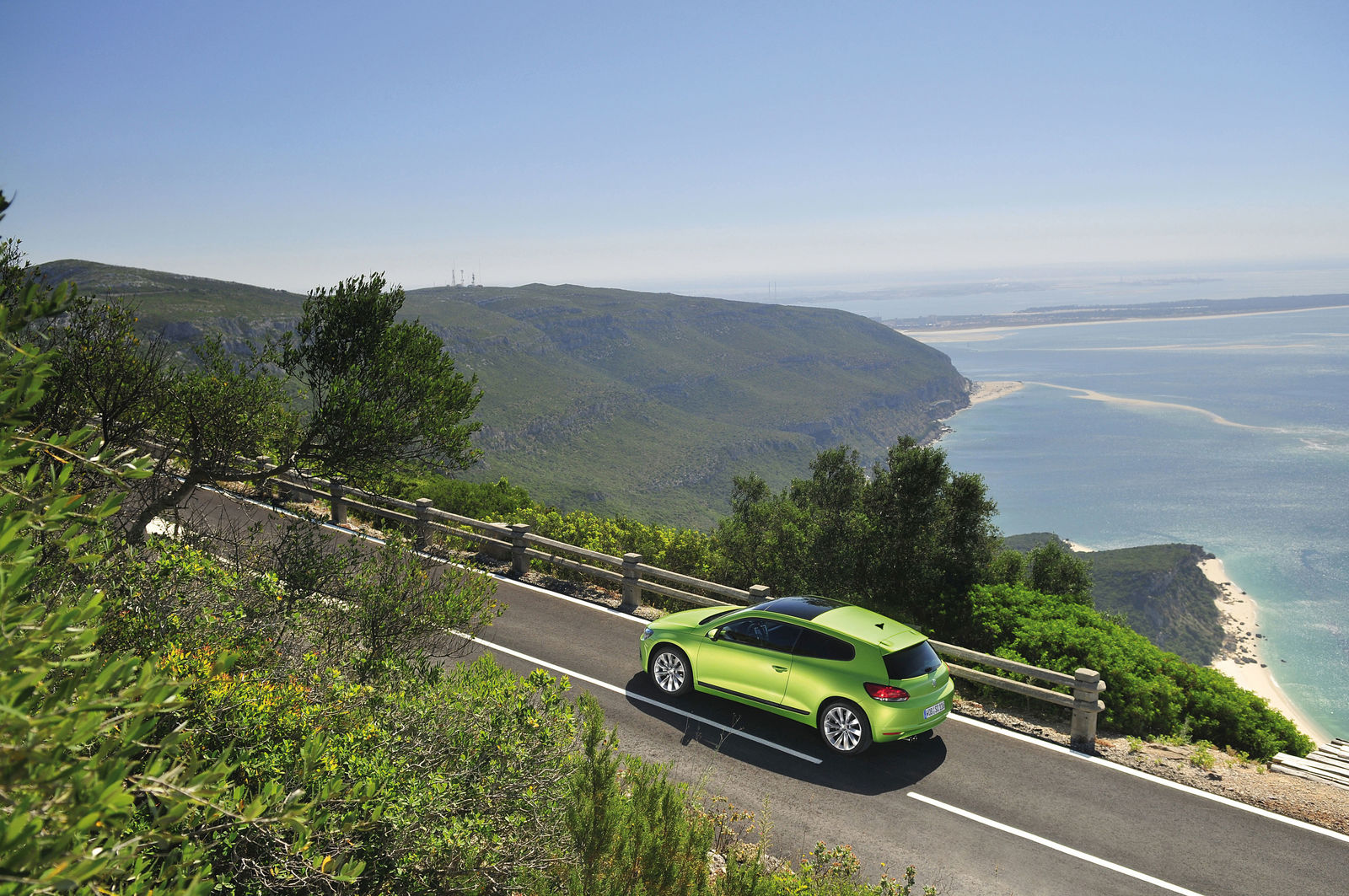Clean lines, a powerful punch under the hood and a completely new, young target group in its sights: The Volkswagen Scirocco I caused a stir on the market in the early 1970s. “It rather cheekily rushed into the void,” says Eberhard Kittler, Director of the Volkswagen AutoMuseum Foundation. “At the time, vehicles from Volkswagen were regarded as rather dull and sensible,” says Kittler, “so the first Scirocco was absolutely a small revolution that upended all the conventions.” And with resounding success. More than 500,000 Scirocco I units were sold worldwide through 1981 – the “desert wind” (Scirocco is the Italian word for the hot wind from Africa) was extremely popular and quickly achieved cult status.
Cool cult coupe
It was billed as the first “fun car” from Volkswagen for the younger generation: The Scirocco desert wind conquered the hearts of fans in the early 1970s with a combination of Italian design and a completely novel technical concept. Amongst its fans was German rock star Udo Lindenberg.
Special exhibition in Wolfsburg
As of today, there is a special exhibition on the cult model at the AutoMuseum in Wolfsburg until August 18, 2019. The roughly 20 vehicles on display include one-offs made available to the Volkswagen AutoMuseum Foundation from private collections. “We got some really cool ones,” says Kittler with evident pride. For example, the Sciwago, a station wagon version of the Scirocco I. Renowned car dealer Günter Artz, who once crossed a Golf with a Porsche (the so-called Golf 928), built a dozen of the Sciwagos – only seven survived.
The exhibition presents an exhilarating collection of rarities. In addition to convertibles and other special models, there are also two one-of-a-kind turbo models and two further bi-motor test cars –i.e. featuring a powerful engine in both front and rear – that could reach speeds of up to 290 kilometers per hour. Kittler also unearthed models modified by fans, including a Scirocco II with a G60 engine – a supercharged 4-valve model. “Even crazier is the Scirocco into which a VR6 engine was squeezed and also equipped with all-wheel drive,” says an amused Kittler.
1974: Premiere prior to the Golf
While Volkswagen had been building coupes since 1955, the Scirocco had a water-cooled transverse engine, front-wheel drive and a more modern suspension than competitors. “Volkswagen had been thinking about building an A-class coupe since the end of the 1960s,” says Kittler. “The first concept car was completed in late 1973 and a year later the Scirocco hit the market, two months before the Golf.”
Elegant design by legend Giorgetto Giugiaro
The entry-level model had 50 PS, while the GTI had 100 PS under the hood. With the engine and transmission, the Scirocco tips the scales at just 800 kilograms. The car was designed by design legend Giorgetto Giugiaro and built by Karmann in Osnabrück. There were no series-production turbos or convertibles – but tinkerers like Günter Artz worked their magic on the cars. And tuning operations like the Bieber company opened up various cars.
An audacious Udo Lindenberg
In the first Volkswagen one-make series, the Volkswagen Junior Cup, the participants at Hockenheim raced in a modified, 105-PS variant of the Scirocco.
Among the drivers in the inaugural season was the later Formula 1 driver Manfred Winkelhock (1951–1985). At the airfield race on the island of Sylt, in the North Sea, German rock star and guest starter Udo Lindenberg caused something of a furor: the performer had a spectacular spin-out on the very first lap, lost his sense of orientation and briefly charged off in daredevil fashion toward the onrushing band of Sciroccos. But far from panicking, Udo kept his cool and expertly steered onto the infield. It was, however, the end of his brief racing career.
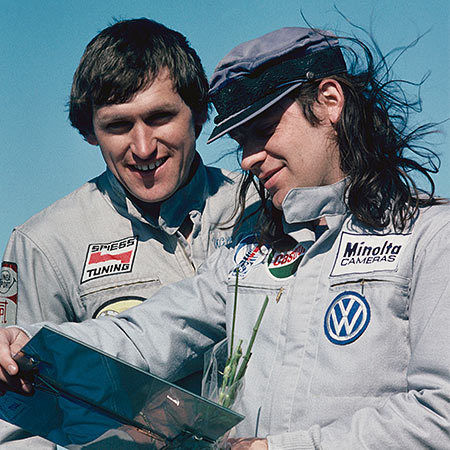
Scirocco II and the white cat
The Scirocco II was launched in 1981, a bit more reserved in appearance, but with an aerodynamic Kammback, rear spoiler and 4-valve engine – previous models had 2-valve engines. The design was an in-house Volkswagen job, while production remained at Karmann in Osnabrück.
The most powerful model was the 16V with 139 PS, the first of the desert wind series to top 200 kilometers per hour. Some 290,000 units rolled off the line through 1992, including the legendary “White Cat” of 1985, an all-white model, inside and out, with white-striped rear lights, spoilers all around and a Zender rear spoiler. The White Cat purrs in the AutoMuseum exhibition as well.
Not a Scirocco, but rather a Corrado
The Corrado was originally slated to take over from the Scirocco II. Its development began in 1981, at the time still called “Scirocco III.” But ultimately the decision was made to rename the more technologically advanced model the “Corrado” and offer it as a higher-level coupe alongside the Scirocco II. With a G-Lader, VR6 engine and the first active rear spoiler, which adjusted to the speed while driving, the car is truly something special. “No one else was offering something like that in the compact class at that time,” says Kittler. A year later, Porsche brought out an active rear spoiler as well. A special variant with a 16V engine and G-Lader from the motor racing department was built for the managing director of Karmann at the time. “A one-of-a-kind, fascinating car,” says Kittler – and it is naturally also on display in the exhibition. Karmann, incidentally, also built two roadsters based on the Corrado. Some 100,000 Corrados were built all told.
Scirocco III: The muscle car from Portugal
In 2008, Volkswagen launched a comeback of the Scirocco with the third generation. It was based on the platform of the Golf VI and was powered by modern turbo engines with an output range of 90 kW/122 PS to 206 kW/280 PS (Scirocco R). A coupe that impressed as an agile cruiser, a dynamic companion on the daily commute, a capable sports car for forays on the track or simply a charismatic all-rounder with a sizable tailgate. Built in Portugal, some 270,000 units were produced through 2017.
The most exciting car in series III was perhaps the AirMotion with active aerodynamics, adaptive spoilers all around, aero rims, side sills, diffusor and air brake – which is also on display in the exhibition.
Scirocco R Cup – the environmentally friendly one-make series from Volkswagen
In the world of motor racing, the Scirocco III provided exhilarating action on the track and riveting entertainment for spectators. Held as part of the DTM from 2008 to 2014, the Scirocco R-Cup offered up-and-coming drivers a welcome opportunity to break into motor racing.
It was an ideal career springboard for joining the higher series. There were also prominent guest racers from Formula 1, DTM and rally – the “old hands” sent a jolt through the field. The cup was also environmentally friendly, with the 173 kW/235 PS race cars propelled by engines fueled with biomethane.
P.S.: The exhibition in 38446 Wolfsburg, Dieselstraße 23 is open daily, except Mondays, from ten to five pm. Entrance fee is six Euro (reduced three Euro, 15 Euro for familys. Group prices and tours are also on offer.)
